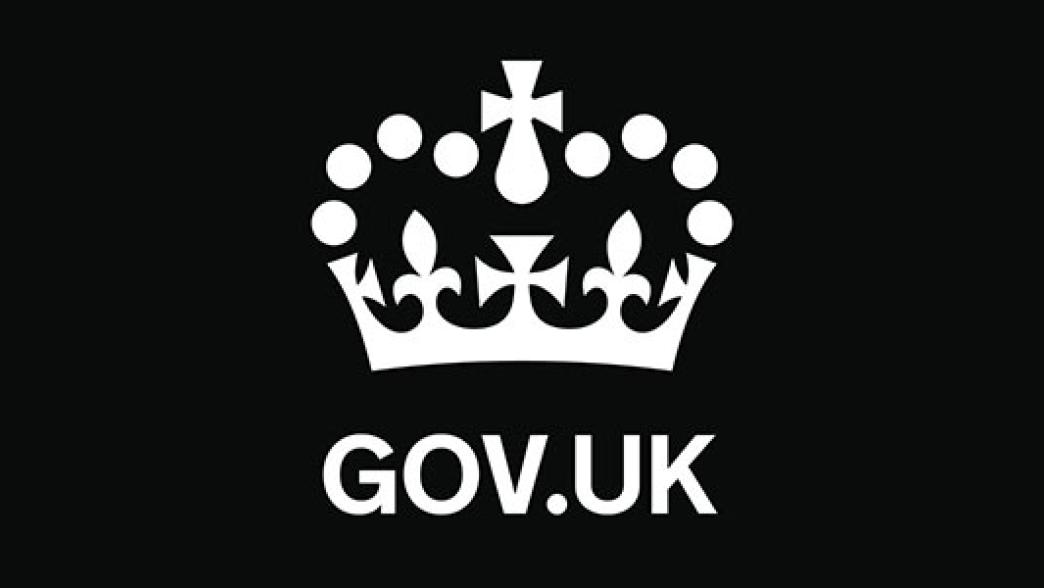
The Government will publish a Brexit white paper but Jill Rutter argues that for it to be any use, it needs to give Parliament a proper basis for agreeing to trigger Article 50. That means it needs to be informative, timely – and published before the debate.
There are no rules for producing a white paper. But if the Brexit white paper is to usefully inform the Article 50 debate (and that should surely be its intent), it should meet a certain minimum standard.
It needs to provide enough information on the UK’s negotiation position and options to persuade Parliament to start the clock on the two-year Brexit negotiation period, and clarity about how the Prime Minister proposes to make good on her commitments to consult the devolved administrations.
The Prime Minister’s speech provided some (but far from total) clarity on the UK’s negotiating asks. It should not be difficult to produce. It should just mean cutting and pasting information already shared by the Brexit Cabinet Committee, chaired by the Prime Minister, which presumably formed the basis for that speech.
Simply republishing the Prime Minister’s speech with a command number is not enough.
In order to be useful, a Brexit white paper should:
- Set out all the issues that need to be resolved: Previous white papers on treaty changes gave a comprehensive overview of the issues under consideration. This one should be no different. In particular, it needs to demonstrate that the Government understands the complexity arising from its self-imposed timetable, which plans to complete the divorce and the new relationship negotiations inside two years. Parliament should feel confident in judging the realism of the Government’s plan.
- Justify the Government’s objectives: In some cases, these may be principled choices. For example, it may be impossible to sufficiently control immigration and to stay in the Single Market, but it would be useful to see the Government’s current assessment of the consequences of that choice.
- Explain other choices and trade-offs: In other cases, the Government made a choice, which should be rooted in an analysis of likely benefits – for example, on the decision to leave the Customs Union and seek “frictionless trade with the EU”. This implies that the Government believes the benefits of negotiating our own free trade deals with non-EU countries justifies losing the benefits of existing tariff-free movement within the EU. We should see the analysis underpinning that choice.
- Assure on practicalities: The Prime Minister is clear that her strategy depends on the ability to produce practical solutions – whether to the Irish border problem or to allow goods to pass from the UK into the EU “frictionlessly”. So far, we are being asked to trust that with a bit of goodwill on all sides, there are ways through. The white paper should at least give comfort that there are feasible practical solutions to make these real options. And if those solutions can’t be found, the Government ought to look again at its objectives.
- Plan for contingencies: Once the Prime Minister invokes Article 50, she is embarking on a two-year process toward a deal, but has said that she would walk away if the deal on offer is bad. The white paper is an opportunity to demonstrate that the Government has thought through how it would cope with a “disorderly” or at the very least “disagreed” Brexit.
- Set out the role of Parliament throughout negotiations: The white paper is a chance expand on how both Houses will be engaged between triggering Article 50 and a vote on the final deal. It could also set out if or when Parliament will learn about progress in negotiations and how any update will be delivered, for example, whether it’s in reading rooms or statements by ministers.
A white paper that only appears after the Article 50 bill is approved is too late
Drafting a paper that meets the criteria set out above shouldn’t take long, as the information is already available to the Government. We are promised a white paper “expeditiously” – but the Brexit Secretary, David Davis, refused to commit to it before the Article 50 legislation. So, on the Government’s timetable, Parliament risks being asked to approve starting the process for exiting the EU without all the information the white paper ought to give.
There ought to be an impact assessment
If the Government proposes regulations that affect business or the voluntary and community sector it is supposed to produce an impact assessment and submit it to a body called the Regulatory Policy Committee. The Government is likely to argue that taking the power to invoke Article 50 is not a regulatory change of the sort that requires an impact assessment. But it does carry big implications for business – not least in the costs of administering and complying with the new migration and customs regimes that the UK’s negotiating objectives require. Parliament should ask for these assessments if the Government does not volunteer them.
The courts have ruled that Parliament must approve the triggering of Article 50. It needs to take that responsibility seriously and demand the information it needs to ensure that the Government is ready to meet its self-imposed timetable.